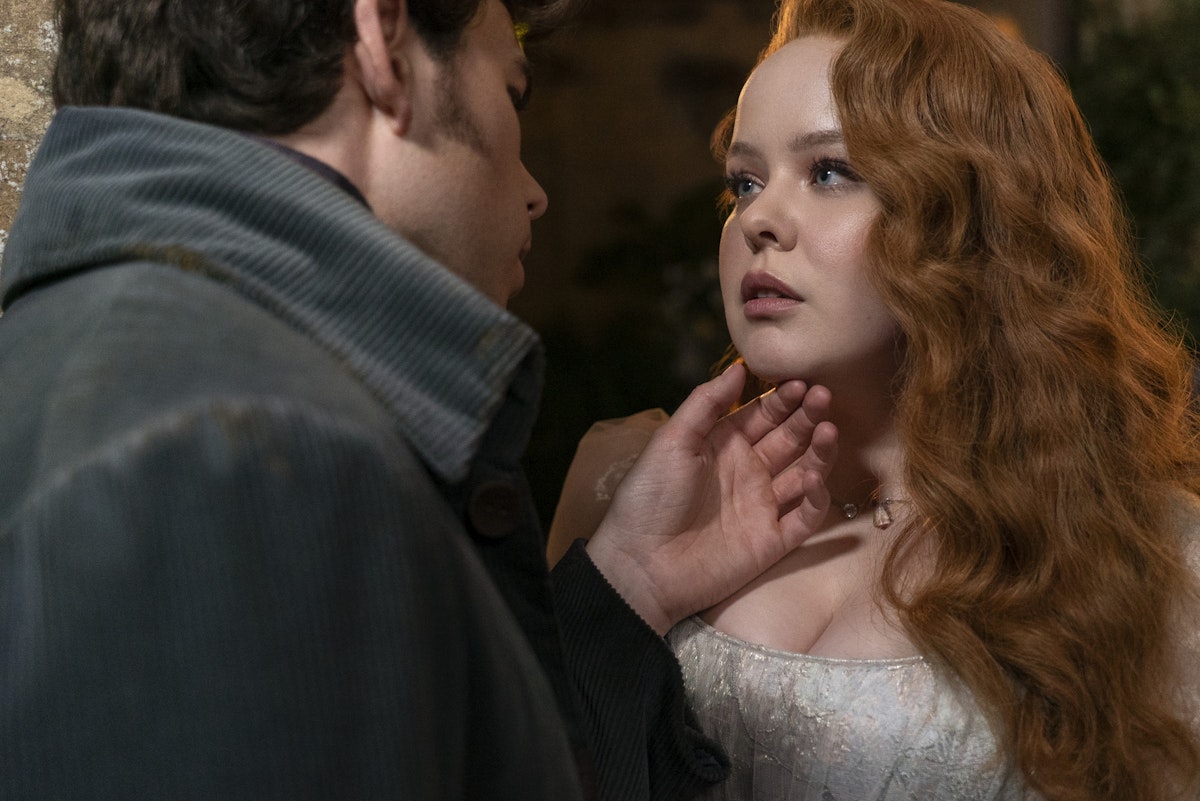

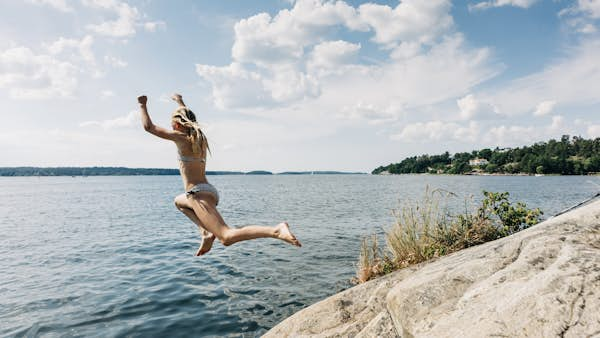
Take a day trip from Stockholm to visit palaces, islands, Viking sites and more
There’s a profusion of exciting things to see in the city of Stockholm. And once you expand your radius from Gamla Stan, you can add country palaces, windswept islets, dynamic towns and Viking culture to the mix, via easy day trips.
The Stockholm region is easy to drive around and even easier to explore on public transport. Conveniently, SL Travelcards allow unlimited travel on all buses and local trains in the area, making exploring the region a seamless breeze.
From Drottningholm Slott to Vaxholm in the Stockholm Archipelago, here are the best day trips from Sweden’s capital city.

1. Immerse yourself in Swedish history at Uppsala and Gamla Uppsala
Travel time: 40 minutes to 1 hour each way
A lively college town that’s rich in history, Uppsala is one of Sweden’s oldest cities, dating back to the 3rd century. It’s also next-door to one of the most important pre-Viking sites in the country.
The city’s 40,000 students create a youthful buzz that’s you’ll quickly feel in the numerous stylish-but-unpretentious cafes and bars. Cobblestone pathways thronged with bicycles lead to the banks of the river Fyris, which flows through the center of town. A squat, pink castle tops a hill above, with a royal garden stretching out below. Budding scientists will enjoy the Linnémuseet and adjoining botanical garden, a replica of famed botanist Carl von Linné’s workspace. History buffs will have plenty to absorb, starting with the treasure-filled Museum Gustavianum or the skyline-defining Domkyrka (Cathedral). But the big draw is Gamla (Old) Uppsala, just up the road.
A gorgeous, 2.5-mile (4km) bike ride north, this fascinating archaeological site was once a flourishing 6th-century religious center where – allegedly – human sacrifices took place. Its 300 mounds from the 6th to 12th centuries make it one of Sweden’s largest and most important ancient burial sites. You can learn more in the adjoining Gamla Uppsala Museum, or wander on your own, reading the informative plaques throughout the site.
If you feel like a strolling or cycling further, Eriksleden is a 3.75-mile (6km) “pilgrims path” between the cathedral in Uppsala and the church in Gamla Uppsala. Its namesake, Erik the Holy, become King of Sweden around 1150 – until the Danes beheaded him 10 years later. The story is that his head rolled down the hill; where it stopped a spring rose up. The main trail also provides access to a ridged wilderness hiking area called Tunåsen, with a panoramic viewpoint (follow signs along Eriksleden just south of Gamla Uppsala to “Utsiktsleden”).
How to get there from Stockholm:
SL commuter trains run frequently (every 30 minutes or more) from Stockholm’s Central Station and City Station to Uppsala’s central station, taking 40 minutes to an hour. Bus 801 goes frequently from Stockholm Cityterminalen to Uppsala station via Arlanda Airport in about 45 minutes. Buses for Gamla Uppsala leave from Stora Torget in central Uppsala.

2. Cruise through the Stockholm Archipelago to Vaxholm
Travel time: 50 minutes each way
Stockholmers tend to get misty-eyed when they talk about the Stockholm Archipelago. And understandably so: in and around these islands lie little red wooden huts and cabins, deep forests, rocky beaches and low slabs of rock dotted with sunbathing Swedes. They’re a must-visit if you’re in the capital in the warmer months.
The count of specks ranges from 14,000 to 100,000 (the general consensus is around 24,000), with most uninhabited and/or not visitable. While many are quite far-flung, other islands with regular ferry service are much closer to the city center than many visitors imagine. The nominal “capital” of the archipelago is Vaxholm – which makes it a great place to start.
Visitors love the island’s sloping cobbled streets, candy-colored wooden houses, excellent restaurants (like the waterfront seafood mainstay Melanders Fisk) and idiosyncratic shops. The oldest part of Vaxholm, Norrhamn features an array of historic buildings, while the eye-catching art nouveau Waxholms Hotell rises over the waterfront. On a separate island just across from Vaxholm (and reached by frequent ferries) stands the imposting Vaxholm Fortress, built in 1544 to protect the Swedish capital and mainland.
How to get there from Stockholm:
Part of Stockholm’s public transport network, Waxholmsbolaget boats reach most of the visitable islands in the archipelago. Ferries leave from Stockholm’s Strömkajen; it takes around 50 minutes to get to Vaxholm. Most islands in the archipelago have good boat connections, provided you check schedules in advance.

3. Get the royal experience at Drottningholm Slott
Travel time: about 1 hour each way
The grand 17th-century palace of Drottningholm is home to the royal family for part of the year – and open for informative, 1-hour guided tours for visitors all year long (in English three times daily from June to August, and on weekends for the rest of year).
The tour will take you through the highly ornamented State Bedchamber of Hedvig Eleonora, with its opulent baroque interior (it’s the envy of everyone on Pinterest). The library of Lovisa Ulrika is a bright and impressive room, with most of its original 18th-century fittings intact (even if most of her 2000 books have been moved to the Royal Library in Stockholm for safekeeping).
Completed in 1766, the royal Slottsteater is in a remarkable state of preservation. Performances held here in summer still use the original 18th-century machinery to create dramatic effects (the wind machine is particularly impressive). At the far end of the royal gardens, Kina Slott is a lavishly decorated Chinese pavilion that features some of the finest rococo chinoiserie interiors in Europe.
The palace grounds are open for individual roaming, with the geometric gardens, set at an angle for maximum impact, worth the trip all by themselves.
How to get there from Stockholm:
Take the tunnelbana (metro) to Brommaplan, then change to the bus to Drottningholm. There’s also a well-marked bicycle path from the center of Stockholm to the palace (13km / 8 miles). In summer, regular boat services leave for Drottningholm from Stadshuskajen.

4. Discover Viking history at Birka
Travel time: 2 hours each way
On the island of Björkö in Lake Mälaren, the historic Viking trading center of Birka makes for memorable day trip. This UNESCO World Heritage site was founded around 760 CE to expand and control trade in the region. While not much remains today (other than a cemetery with some 3000 graves – and a beautiful Swedish island), the fun in visiting here is imagining the place bustling with traders and craftspeople centuries ago. The site also contains excavated remains of a defensive fort and the harbor.
If your imagination needs jump-starting, visit the superb Birka Museum, where exhibits include artifacts from the excavations, copies of the most impressive objects uncovered and a scale model of the village as it would have looked in Viking times.
How to get there from Stockholm:
Strömma Kanalbolaget runs round-trip cruises to Birka from Stadshusbron in central Stockholm. Since the trip takes 2 hours each way (the boat ride is glorious), plan on a full-day outing. Cruise prices include museum admission and a guided tour in English of the settlement’s burial mounds and fortifications.
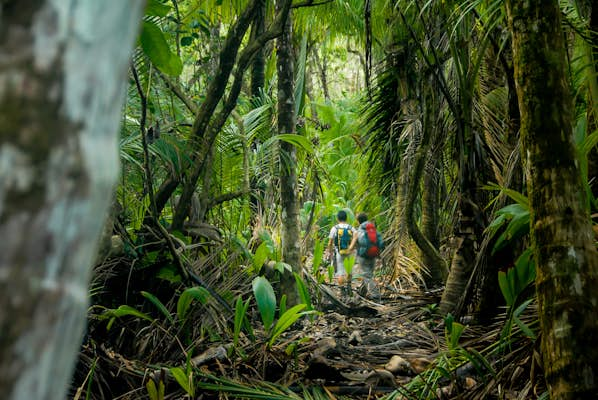
The 8 best hikes in Central America
In the last couple of decades, the likes of Costa Rica and Panama have transformed Central America into one of the world’s adventure havens.
It’s a land scored by smoking mountains, threaded with coconut-dotted beaches and dressed from head to toe in jungles packed with sloths and slithering snakes.
This guide to eight of the region’s best hiking trails will hop from the wave-bashed Pacific to the untrodden reaches of the Darien Gap. The aim? To reveal Central America’s finest trekking paths and day hikes, with something for all levels, beginner to Bear Grylls.

1. Sendero el Perezoso, Costa Rica
Best for sloth viewing
1.3km (0.9 miles), 30 minutes, easy
Ask 10 people why they came to Costa Rica in the first place, and sloths are likely to feature somewhere in the answer. Cue this short detour off the main Park Trail in that ground zero of biodiversity, Manuel Antonio National Park, built to offer hikers access to some of the most sloth-rich jungles in the world – hence its name.
The Sloth Trail begins less than a 10-minute walk into the forest from the reserve’s main entrance. Take the spur that leads off to the west and follow the raised boardwalk pathways; soon you’ll be dwarfed amid phalanxes of silk cotton trees and buttonwoods.
They’re known to host two- and three-toed sloths, but spotting the critters can be tricky – they hardly make a move! Try to get on this one nice and early, because there are more sloths when there are fewer people.
The end of the trail connects to the main intersection for all routes through Manuel Antonio. That’s a great place to be, what with the cinnamon sands of Playa Espadilla Sur on one side and the route to the much-photographed scythe of powder at Manuel Antonio Beach on the other.

2. Volcán Concepción, Nicaragua
Best for a challenging long day-hike
16km (9.9 miles), 11 hours, challenging
Volcán Concepción is one of two cone-shaped summits that keep watch over Lago de Nicaragua, the largest freshwater lake in Central America.
It might not look it, but it’s doable in a single push; just leave early, because it’ll take 10 to 11 hours for most, and the cool morning air is a blessing on the initial ascent.
Speaking of ascents, the real killer here is the altitude gain. The summit is at a relatively mild 1610m (5282ft), but the base level of the hike is a mere 130m (427ft), meaning it’s a long way to the top. First sections are through lush jungle, and then you get a zigzagging mud track up the spine of the mountain.
The final leg above 1200m (3937ft) is trickier. That’s where the scree takes over, and there are steep parts where you might be asked to scramble against a vertigo-inducing backdrop of swirling lake waters and surrounding coffee plantations.
But there’s a reward: clear days at the top mean visions of a cloud-wisped crater rim. and even Mombacho Volcano far to the north.

3. Lost Waterfalls Trail, Panama
Best for waterfall lovers
3.3km (2.1 miles), 2-3 hours, easy
The good news is that none of the three waterfalls on this hike are lost, exactly. In fact, they’re pretty well known, as this is surely one of the most popular out-and-back routes in the eco mecca of Boquete.
The point is they feel lost, because you’ll need to navigate through Amazon-thick jungles woven with lianas and spiderwebs to reach them.
The waterfalls themselves are strewn almost equidistance along the route. The first is the biggest, a roaring cataract that froths over a ridge of wet stone.
The second is the place to swim – it gurgles into a deep and inky plunge pool. The third is like something out of a Jules Verne novel, framed by lush vines and colorful orchid blooms deeper in the Panamanian rainforest.
There is an entry fee for the Lost Waterfalls Trail and plus the taxi from Boquete. Wear sturdy, waterproof boots and bring a rain jacket for this one – it’s notoriously muddy and wet from start to finish.

4. Poás Volcano, Costa Rica
Best for staring right into a volcano
4.6km (2.9 miles), 2.5 hours, moderate
The whole of Central America is pock-marked with more volcanos than you can shake a hiking map at. One of the most accessible is Volcán Poás, in the heart of north-central Costa Rica.
It sits in a national park amid jungle-dressed peaks, about 50 minutes north of Alajuela and a 90-minute drive north of the capital, San José, making it prime day-trip territory.
There’s a visitors center at the trailhead where you can learn a little about the somewhat-disconcerting vulcanology of Poás – hikers brush aside the fact that it’s erupted 40 times since the 1820s and hit the path.
It initially runs east to Laguna Botos, the first of two crater lakes, passing through cloud forests rich in resplendent quetzals and hummingbirds.
The last ascent takes you to a high ridge some 2500m (8202ft) up. There, a 180-degree panorama reveals the second crater lake, Laguna Caliente, which sits broiling with sulfur and smoke in the crater of Poás itself. It’s actually the largest open crater on the planet, measuring a whopping mile from end to end.
5. Cerro Chirripó, Costa Rica
Best for seasoned trekkers
20km (12.4 miles), 2-3 days, challenging
Shouldering its way above the sierras and the clouds in southern Costa Rica, Cerro Chirripó is the highest peak in the land of Pura Vida. It’s a proper challenge that requires good fitness and some determination, taking two or three days on the mountain in all.
Even getting to the trailhead takes some effort, requiring an odyssey through the Cordillera de Talamanca to the tiny trekking town of San Gerardo de Rivas.
From there, it’s a full day’s walk up steep, rocky paths to the tin-roofed hut of Crestones Base Camp. That’s where things get really interesting, as day two brings sections of cloud forest and high-altitude paramo, a biome of rugged rosette plants and gleaming yellow wildflowers.
At the summit, some 3821m (12,536ft) above sea level, you can wonder at surrounding lakes and glacial valleys that are 20,000 years old!

6. Tiger Fern Trail, Belize
Best for seeing jaguars
5.5km (3.4 miles), 3-5 hours, moderate
If you can peel yourself away from the sugar sands of Belize’s cays and atolls, a wonderland of biodiversity awaits inland. Chief among the many reserves is the Cockscomb Basin Wildlife Sanctuary, which is precisely where you’ll find this moderately challenging out-and-back route weaving through primeval jungles.
The Tiger Fern Trail creeps through dense thickets of Belizean pine and broadleaves, occasionally cutting across a babbling creek on moss-caked rocks. It takes you deep into jaguar-conservation territory, so keep those eyes and ears peeled for big cats as you go.
Nearing the top, there’s a rustic campground with sweeping views of the Maya Mountains, along with a duo of waterfalls where you can cool off.
The best time to come is the dry season (December to April), when the trails are generally less muddy and the plunge pools much clearer.

7. Volcán Telica, Nicaragua
Best for overnighting by an active volcano
13.1km (8.2 miles), 1-2 days, moderate
You can climb Volcán Telica in León, northern Nicaragua, in either one or two days. It’s not a terribly challenging route, starting with flat farm fields and then a steep push up the sinewy cone itself. It’s really all about the view at the top.
Looking out, you’ll see a sort of Nicaraguan Serengeti, sweeping west toward the Pacific in endless scrub fields dotted with the occasional mango tree, heat haze sitting low in the valley bottom. It’s the view into the crater you’ll write home about.
Peer down to see a smoke-belching hole, plumed in sulfur and wisps of ash. At night – and here’s the reason you might prefer to spend an evening on the slopes – it even burns red with hot magma and lava.
8. Pipeline Trail, Panama
Best for getting close to the jungle
6.1 km (3.8 miles), 2.5-3 hours, moderate
The Pipeline Trail is a straight valley walk through the Bajo Mono, the hiking playground just north of Boquete town in the heart of western Panama.
It’s actually named for the industrial pipe that joins the path at the trailhead, but it could just as well be for the closeness of the rainforest, which looms in like a tunnel as you really get going. Yep, it’s jungle on all sides here.
A symphony of emeralds and greens rises overhead to the canopy, the scent of decaying leaves abounds and you get a sense of snakes moving in the undergrowth.
Suddenly, you’ll be stunned by the appearance of the great Cenizo – a hulking tree that’s said to be over a millennium old. The finale is a ribbon-like waterfall that drops through a gap in the jungle-covered ridges above.
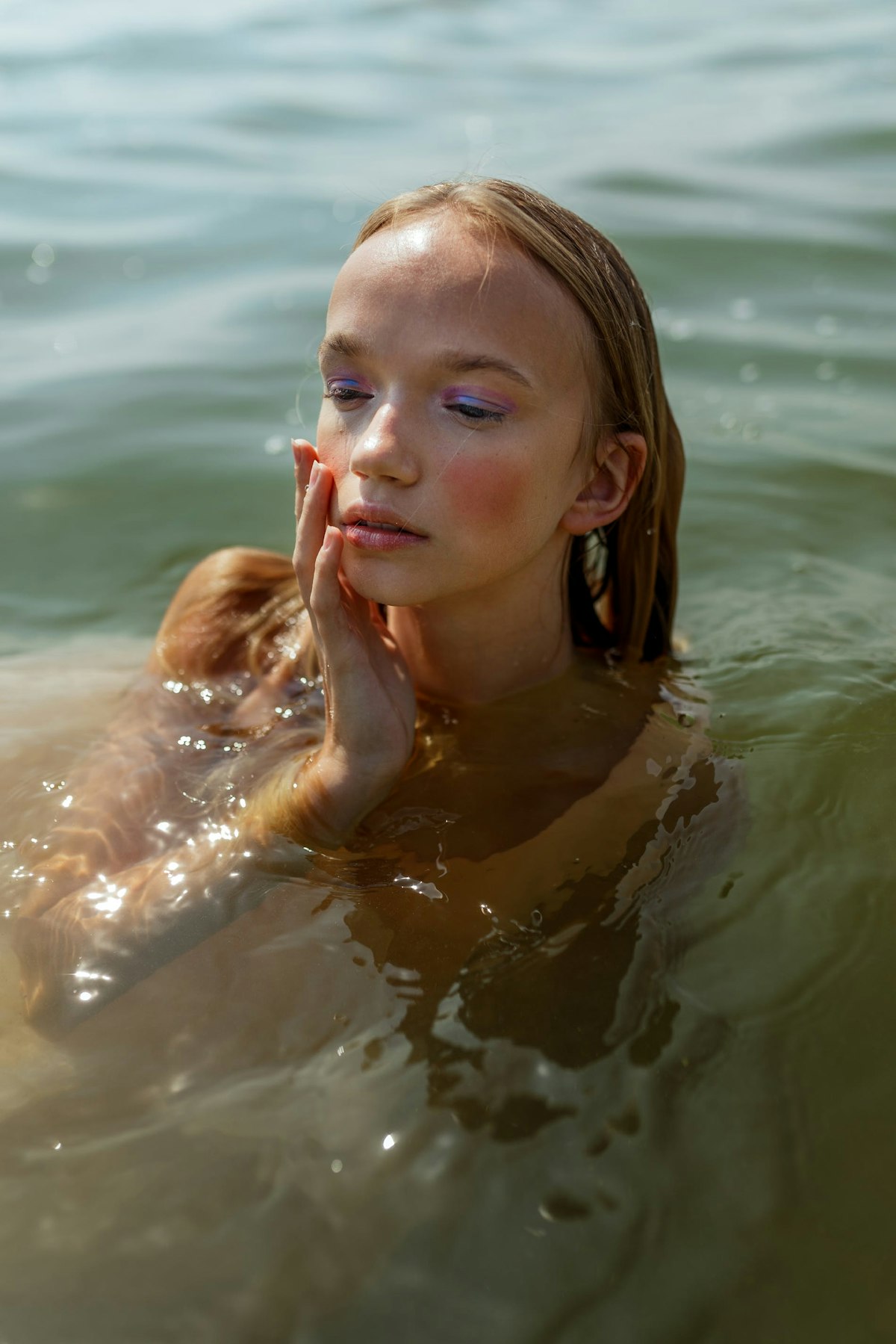
A Guide to Sea Moss and All of Its Natural Health Benefits
Be Well
Chic Food Supplements You Can Buy Now
In addition to a strict diet and regular physical training, models like Rosie Huntington-Whitely and Jourdan Dunn also take supplements. Ahead, three flagship products to get you started on a new path to wellness.
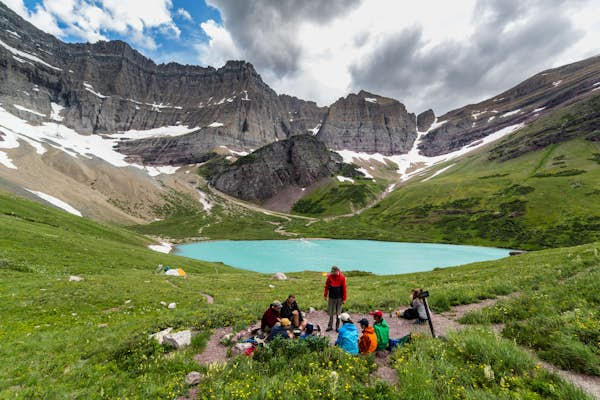
When to go to Montana for spring flowers, summer sun, fall colors and winter snow
With so much wilderness right on the doorstep, there’s always something to do in Montana at any time of year. The state is highly in tune with the rhythms of nature, and activities vary with the weather and season.
The peak summer and winter seasons always draw in a crowd, but the shoulder seasons in late spring and fall reveal a calmer, quieter side to the Big Sky state. Whenever you come, check if you can do the activities you want to do and see the places you want to see at that time of year.
Summer is the high season, thanks to the endless opportunities for hiking and outdoor exploration, but snow sports in winter are another major draw thanks to the state’s consistent covering of fluffy snow. It’s important to note that businesses often use the less popular shoulder season and off-season to perform renovations or reduce their hours. Even so, the quieter months are ideal if you want to see Montana looking more like it did in the frontier days, without queues of RVs on the highways.
Here’s a guide to what Montana has to offer throughout the year, from hiking-friendly summer to ski-tastic winter and everything in between.

The summer high season (July–August) is the time for hiking and water activities
Montana is extremely family-friendly and it’s easy to drive deep into wild country when there’s no snow, making summer the peak season to visit the state. Yellowstone National Park is in full swing by this point, and the Going To The Sun Road in Glacier National Park is clear of snow and open to traffic by the end of June or early July. As the snow melts, seasonal workers flock to staff mountain resorts and support the surge in tourism, and the state’s bears come out of hibernation.
This is the ideal time to engage in the summer activities for which Montana is famous. Fly-fishing, hiking, cycling, whitewater rafting, wildlife spotting, admiring the wildflowers and going to the rodeo are just some of the ways to keep busy in Montana summer. This is also when the huckleberries come out, if you’re willing to fight the bears for them (carry bear spray to be on the safe side).
The festival calendar is busy, too. Big events in July include the Under the Big Sky Festival in Whitefish and Flathead Cherry Festival in Polson; in August, try the Sweet Pea Festival in Bozeman and Huckleberry Festival in Trout Creek.
The cons of visiting Montana during the high season are higher prices and crowds, which can somewhat defeat the purpose of exploring these wide-open spaces. Another inconvenience is the heat, which often surprises visitors who assume this snow-prone state is always cold. Temperatures can climb above 100ºF during the day in the high season, and with regular wildfires, the air is often hazy, obscuring the mountain vistas that many have traveled so far to gaze upon.

The winter high season (December–March) is the best time for snow sports
Winter is another extremely popular time to visit Montana, and the focus is still on outdoor activities – just a different set. There are ski and snowboarding resorts throughout the state, the most popular of which is Big Sky, about an hour from Bozeman. Snowmobilers also descend on Montana en masse in the winter, congregating in Cook City, just north of Yellowstone National Park.
Winter is actually an exceptional time to visit Yellowstone, even though only the northern road is open. You won’t be able to see Old Faithful or many other famous sights within the park, but wolves and other wildlife (besides the hibernating species) gather in the Lamar Valley, and are easy to spot against the white snow. Tour operator Yellowstone Wolf Tracker’s winter tours are nothing short of epic for wildlife spotters. Other popular winter activities in Montana include snowshoeing, dog sledding and cozying up by the fire in a log cabin while snowflakes fall outside the window.
Winter is not always an easy time to visit, though it can be very rewarding. The roads can be tricky to navigate if you are not an experienced winter driver, and many non-tourist businesses close their doors until summer comes again. Sunshine is limited at this time of year, and temperatures can drop past the point of being deadly if you’re not prepared; keep emergency food, water and blankets in your vehicle.
On the plus side, you may spot the aurora borealis lighting up the sky on dark nights, and many towns serve up winter cheer in the form of fun-filled winter carnivals, such as Lewistown’s Montana Winter Fair, the Bozeman Ice Festival and the Winter Carnivals in Red Lodge and Whitefish.

The shoulder season (September–November) is the best time for avoiding the crowds
The shoulder season is locals’ favorite time of year. After all, people don’t live in Montana for the noise and bustle. The weather is mild, the roads and trails are still open, and the crowds have mostly gone home after the summer crush. If you’re looking to see Montana in its most pristine state, this is the time to come. Plus, October is when the leaves start to change color, with a vivid shift towards crimson, orange and yellow to rival any fall colors you’ll find in New England.
There are some inconveniences, though. Many restaurants, hotels, and other businesses shed staff when the schools start back up again, and some use the lull between summer and winter to do renovations. Service can be slower than normal and activities harder to come by, but Montana culture is nothing if not encouraging of a little self-reliance. It’s also worth noting that Montana’s unpredictable weather can mean rain in September, obscuring the views.
There are some good festivals, like Missoula Oktoberfest, and the Wine and Food Festival and HarvestFest in Billings.

Low season (April–June) is the best time for budget travelers
What other places refer to as the low season, Montanans call the mud season. This is the time of year when winter turns to spring and the snow melts, leaving lakes of mud in its wake. It’s not all bad, though – this is playtime for off-roaders and 4WD enthusiasts, as well as car washing businesses. Restaurants and tour operators use the slow season to get ready for summer, and many popular outdoor areas stage a soft opening without the overwhelming summer crowds.
As you might expect, this is a rainy time of year, which can create hazardous road conditions and disappointing vistas. On the flip side, hotels will be at their least expensive prices during this slow season for customers. Pond skimming, art walks, farmer’s markets and the International Wildlife Film Festival in Missoula are popular events. It’s also worth making time for the Lewis and Clark Festival in Great Falls and Montana Mule Days in Hamilton.

Chrome butterflies, sea slugs and alien eggs: Meet Pili, Melbourne’s new accessories label
You only have to see one piece from Melbourne-based label Pili to instantly recognise it anywhere. Chrome belts and tentacled butterfly tops, spiked shoe harnesses inspired by sea slugs and earrings that look like alien eggs are just some of the creations capturing the attention of Australia’s emerging fashion hubs.
What started as a creative project to keep inspired during Covid has since grown into an accessories label that pushes the limits of design. Nearly four years after its conception, Pili has stayed true to its original concept inspired by biomimicry – a practice that learns from and mimics strategies found in nature to solve human design challenges.
For more fashion news, shoots, articles and features, head to our Fashion section.
Curious to learn more, we spoke with brand founder and designer Yang about the breakthroughs and challenges of starting your own label and what keeps the local fashion scene so exciting.
Tell me a bit about how you got started in fashion.
My studies were in media and film, where I worked in fashion photography and video editing. My journey into fashion has been more about creative exploration and merging different forms of visual art.
What was the process like starting your label, were there many challenges along the way?
The label began during the Covid pandemic, a time when I wanted to pursue something new. Creating something from scratch is incredibly challenging; every step of the process presents its own hurdles. The journey involved learning, experimenting and overcoming numerous obstacles.
The project began with the idea of rethinking the coexistence of multiple species and imagining a future where our designs are inspired by biomimicry. I was captivated by the way organisms evolve different shapes and structures to adapt to their environment – whether to evade predators, warn off threats or attract mates.
View this post on Instagram
Currently, the brand continues to explore this concept, presenting designs that reflect how ‘neo-humans’ might evolve to mimic other species in response to changing environments. Our aim is to bridge the gap between human society and nature, envisioning how future interactions could reshape our relationship with the natural world.
While staying true to our core idea of adapting and connecting with nature, we’re also branching out into different types of products. We aim to keep our creativity fluid and open, allowing us to explore various design possibilities beyond our initial vision.
How would you describe your label to someone who’s never seen it before?
The name Pili 霹雳 (pī lì) means thunder and lighting – a powerful connection between the sky and earth that symbolises creation and inspiration. We seek to ignite fresh ideas and push beyond conventional boundaries in our designs. While we remain rooted in our core concept of adaptation and connection with nature, we’re also exploring a wide range of design possibilities, staying fluid and open in our creativity. Just as lightning sparks new life, we seek to ignite fresh ideas and push beyond conventional boundaries in our designs.
View this post on Instagram
What are you most proud of in your work on your label?
I’m most proud of our first product [the shoe harness]. It was a significant challenge to bring it to life, but it stands as a testament to our commitment and courage.
What do you wish you knew when you started?
I wish I had known it would be even harder than I imagined, haha. I need to keep pushing and stay determined!
View this post on Instagram
Who is exciting you the most in Australian fashion right now?
There are so many fascinating brands, it’s hard to pick just one as the most exciting. I really like Strateas Carlucci, Kourh, Toile Studios, Speed, Verner, and Amy Lawrance, among others. I also have a strong appreciation for the work of various independent designers. The industry is vibrant and full of innovative talent.
What about the local fashion industry needs to change?
I don’t have extensive knowledge about the industry or what specifically defines fashion. However, I find many student projects and small designer brands to be incredibly creative and vibrant. It would be great to see more of these innovative pieces gain exposure in mainstream media.
View this post on Instagram
Who are your dream collaborators?
There are so many potential collaborators I’d love to work with! I’m excited to explore partnerships with different artists and brands to create something truly unique and innovative.
How can we buy one of your pieces?
You can purchase our pieces directly from our website, or find them at Distal Phalanx and Ac0cene stores.
Head here to explore the Pili range.



